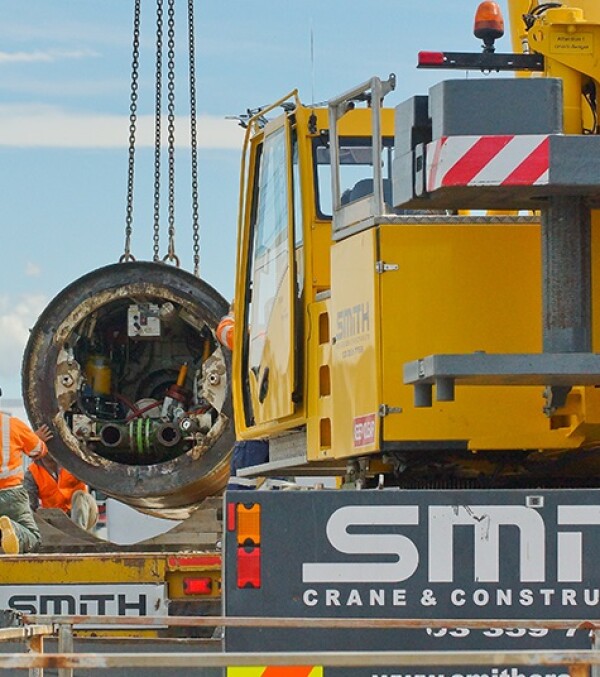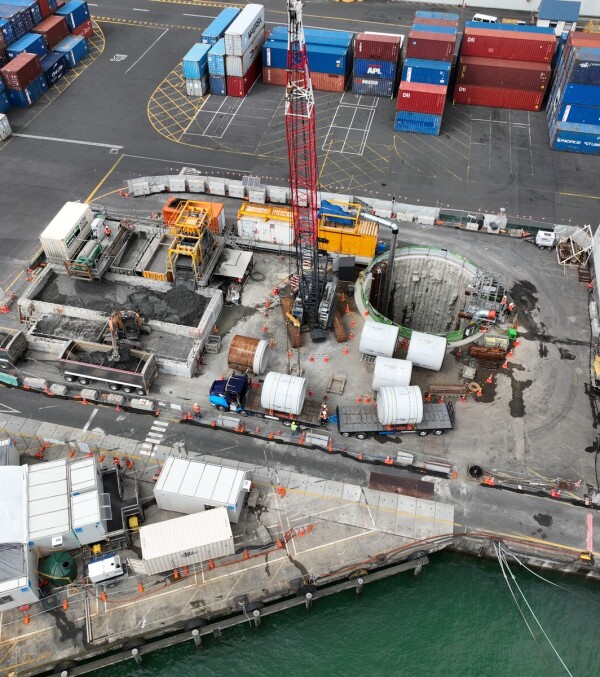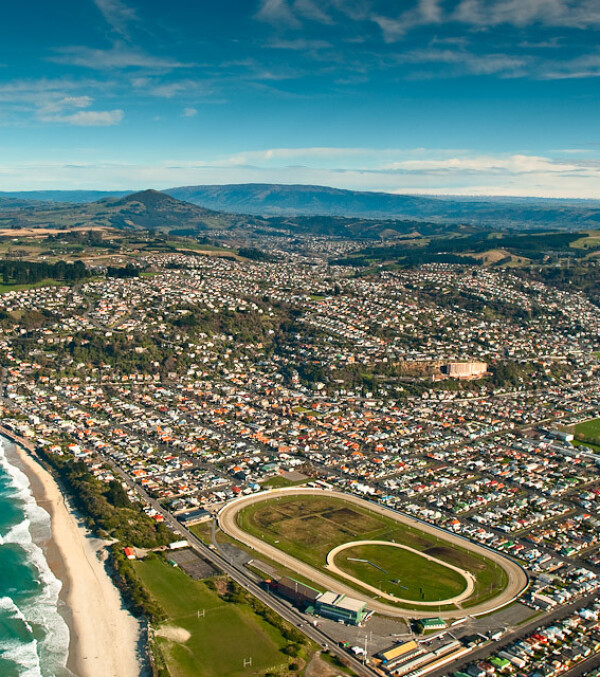|
Customer: CERA / NZTA / CCC Contract type: Alliance Location: Christchurch, New Zealand |
Fast Facts
|
We were part of the biggest civil construction program in New Zealand’s history, helping rebuild Christchurch after consecutive earthquakes in September 2010 and February 2011.
As a member of the Stronger Christchurch Infrastructure Rebuild Team (SCIRT) we rebuilt power, water, wastewater and drainage networks, including watermains, sewer systems, and pump stations. We also rebuilt roads, bridges, retaining walls and other civil structures.
The scale of rebuilding works required a detailed planning process and the program of works was prioritised against set criteria. Each delivery team was awarded a percentage of work based on their performance in Key Results Areas (KRAs) against a 20% baseline. This approach provided a strategic, city-wide perspective to minimise the impact on the people of Christchurch and create value for money.
With our works valued at over NZ$100 million per year over six years, resource allocation and work planning were key challenges for our management team. Local resources were strained, meaning many subcontractors had to be drawn from other areas around New Zealand and internationally. Differing health and safety, environmental, and quality standards meant extensive training was required for these crews.
Significant projects included:
- Wairakei Diversion – Construction of a new pipe running through Fendalton. The project required repair work to water supply and stormwater infrastructure, including installing an 825 mm dia concrete main trunk sewer and 150 mm dia collector, plus kerb and channel by dig and lay methods, and upgrading the road along the 1 km pipe route.
- Gayhurst Road Bridge - Construction of a temporary pedestrian and cycle bridge and demolition of the existing bridge. In conjunction with the designers, we developed an alternative design using pre-cast panels that were cantilevered onto the bridge. As a result, this expedited the programmed works and reduced the environmental risks of working over water.
- Carlton Mill Footbridge needed to be repaired in a manner that would preserve the bridge’s heritage.
- Southern Relief, Linwood – A large-scale project with works centered on Worcester Street and Woodham Road. The dig and relay of the 1.6 m x 1.2 m concrete pipe takes wastewater from approximately 200000 households around Christchurch to the Bromley Treatment Plant and is essential to the wastewater network in Christchurch.
With much of the SCIRT projects centered in residential areas, stakeholder management was a key focus of our team. Months of disruption caused by repair works placed additional strain on residents already stressed by sometimes extreme property damage.
We developed several innovations to minimise disruption to residents and provide safe and resilient infrastructure. For example, we constructed a section of Orion’s 66 kV underground power service, introduced a Cured in Place Pipe (CIPP) to support stormwater repairs on Christchurch’s port hills, and installed a vacuum wastewater system in the residential suburb of Shirley - the first area of the South Island to use such technology.











